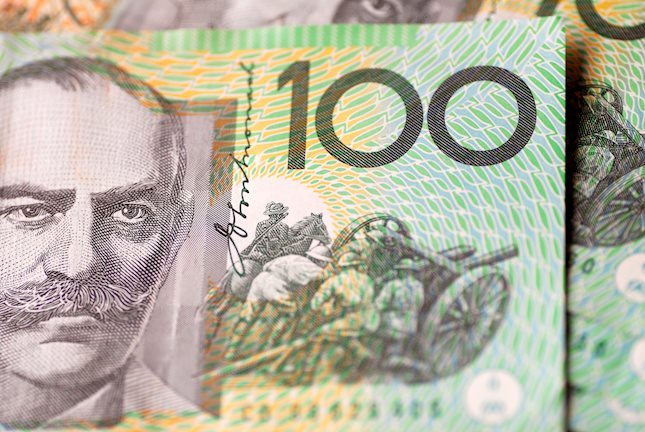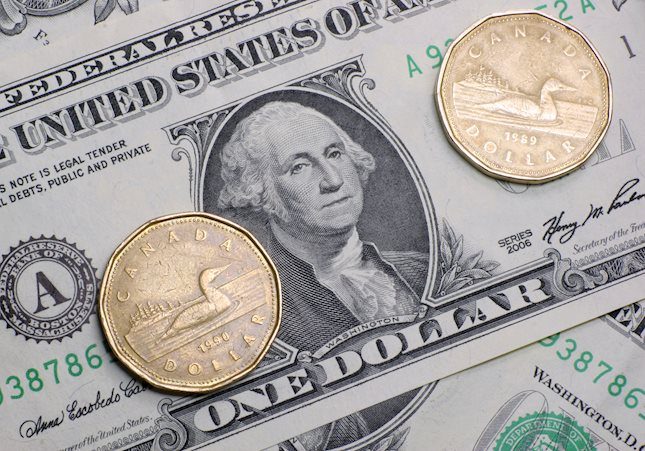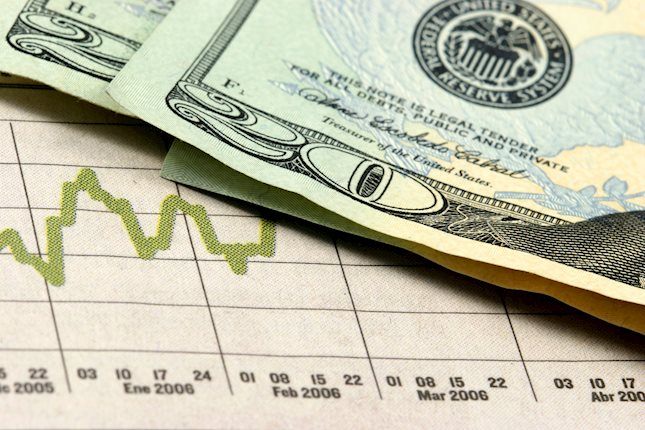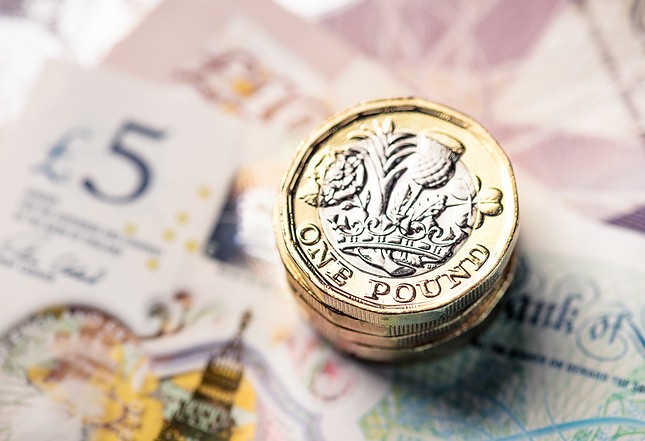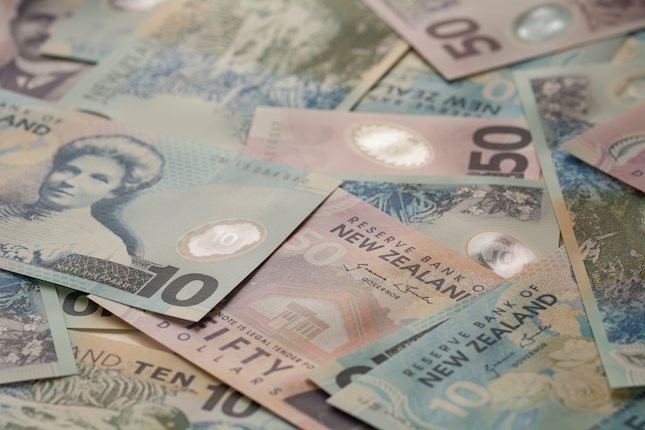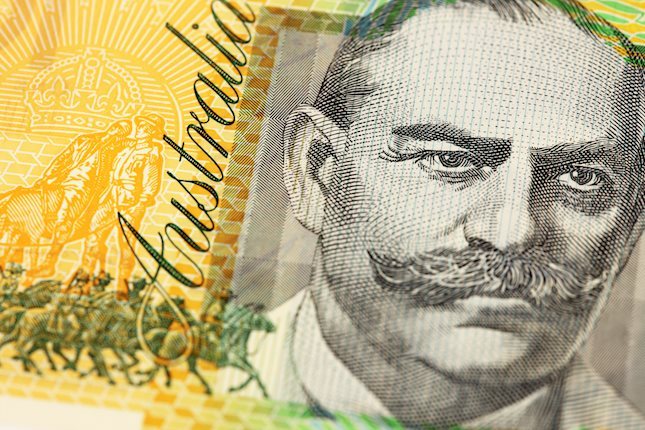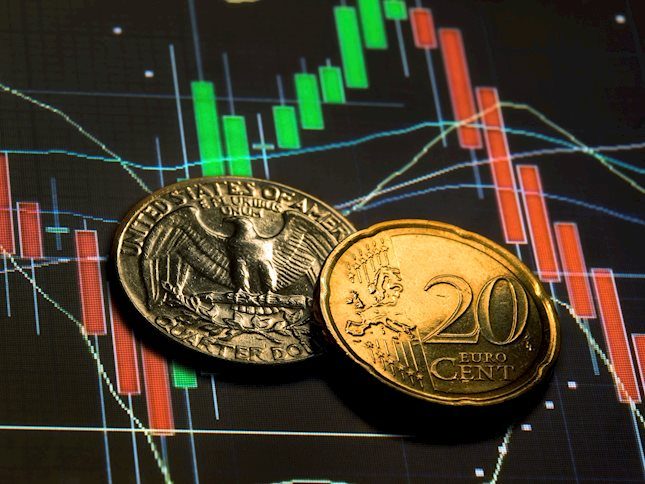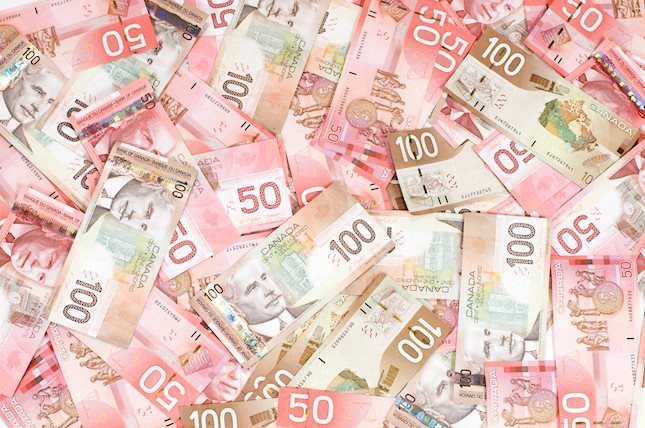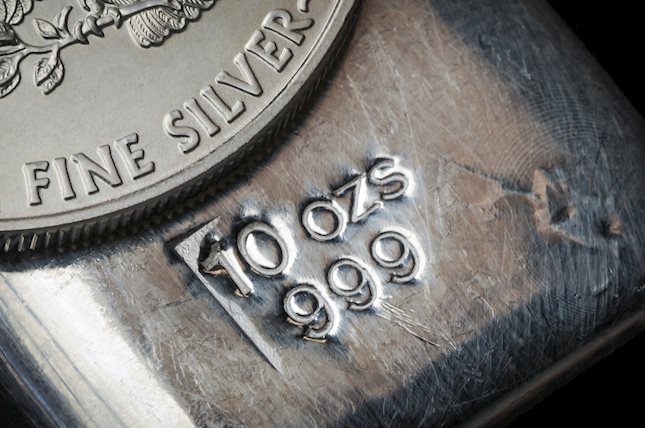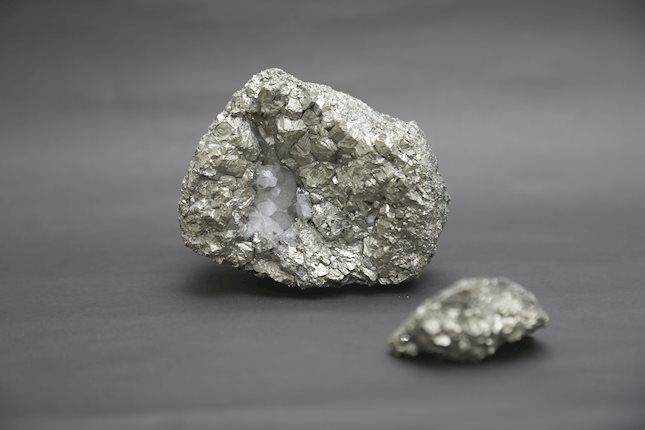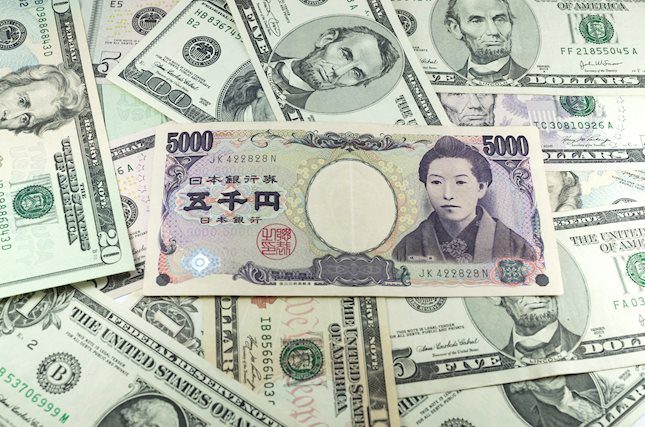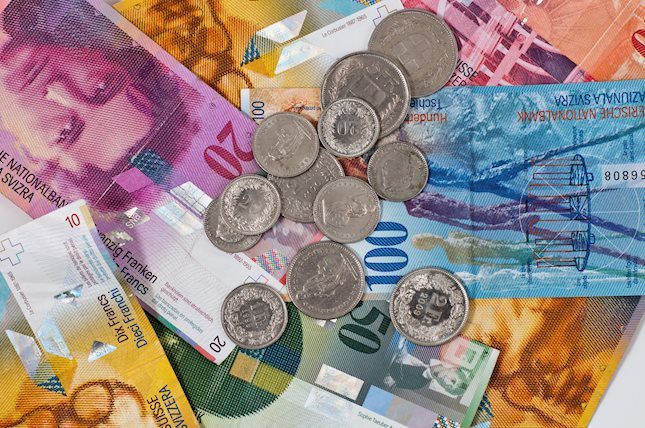USD/INR jumps to fresh record high on month-end US Dollar demand
- The Indian Rupee tumbles to fresh record low in Friday’s early European session.
- A firm USD and importers’ month-end USD demand weigh on the INR.
- The RBI is likely to intervene in the FX market to prevent the local currency from depreciating further.
The Indian Rupee (INR) extends the decline to near a fresh all-time low on Friday. The local currency remains under selling pressure due to sustained strong US Dollar (USD) demand from importers, foreign investors, and oil-related companies.
Nonetheless, any routine intervention by the Reserve Bank of India (RBI) could help limit the INR’s losses. The preliminary reading of the US Goods Trade Balance for November is due later on Friday. Trading volumes are likely to be low ahead of next week’s New Year holiday.
Indian Rupee softens to near a record low amid a mix of global and domestic challenges
- India's economy is estimated to grow at around 6.5% in fiscal year 2024/25, closer to the lower end of its 6.5%-7.0% projection, according to the finance ministry's monthly economic report for November.
- Foreign Institutional Investors (FIIs) were net sellers in the capital markets on Tuesday, offloading shares worth ₹2,454.21 crore, according to exchange data.
- “Importers were pretty active in the session, while trading volumes were relatively low towards the year-end,” a trader with a private bank said.
- "Slowing FDI flows, weak manufacturing export growth, and narrowing policy rate differentials with the US are likely to pressurise the INR, according to the recent Standard Chartered Bank report. It expects the INR to depreciate modestly, reaching 85.5 per US Dollar over the next 12 months.
- The US weekly Initial Jobless Claims for the week ending December 21 declined to 219,000, down from 220,000 in the previous week, according to the US Department of Labor on Thursday. This reading came in below the market consensus of 224,000.
USD/INR’s constructive outlook remains in place
The Indian Rupee weakens on the day. Technically, the price action shows a strong uptrend on the daily timeframe, with the pair being well-supported above the key 100-day Exponential Moving Average (EMA). However, the 14-day Relative Strength Index (RSI) is near 74.25, suggesting an overbought condition. This means that additional consolidation should not be ruled out before positioning for any short-term USD/INR appreciation.
For bulls, the ascending channel upper boundary at 85.35 acts as an immediate resistance level for the pair. Sustained trading above this level could draw in more buyers and send prices to 85.50, en route to the 86.00 psychological level.
On the flip side, the potential support level for USD/INR emerges at the 85.05-85.00 region, representing the lower boundary of the trend channel and the round mark. A decisive break below the mentioned level may trigger momentum sellers to step in and take the price towards 84.27, the 100-day EMA.
Indian economy FAQs
The Indian economy has averaged a growth rate of 6.13% between 2006 and 2023, which makes it one of the fastest growing in the world. India’s high growth has attracted a lot of foreign investment. This includes Foreign Direct Investment (FDI) into physical projects and Foreign Indirect Investment (FII) by foreign funds into Indian financial markets. The greater the level of investment, the higher the demand for the Rupee (INR). Fluctuations in Dollar-demand from Indian importers also impact INR.
India has to import a great deal of its Oil and gasoline so the price of Oil can have a direct impact on the Rupee. Oil is mostly traded in US Dollars (USD) on international markets so if the price of Oil rises, aggregate demand for USD increases and Indian importers have to sell more Rupees to meet that demand, which is depreciative for the Rupee.
Inflation has a complex effect on the Rupee. Ultimately it indicates an increase in money supply which reduces the Rupee’s overall value. Yet if it rises above the Reserve Bank of India’s (RBI) 4% target, the RBI will raise interest rates to bring it down by reducing credit. Higher interest rates, especially real rates (the difference between interest rates and inflation) strengthen the Rupee. They make India a more profitable place for international investors to park their money. A fall in inflation can be supportive of the Rupee. At the same time lower interest rates can have a depreciatory effect on the Rupee.
India has run a trade deficit for most of its recent history, indicating its imports outweigh its exports. Since the majority of international trade takes place in US Dollars, there are times – due to seasonal demand or order glut – where the high volume of imports leads to significant US Dollar- demand. During these periods the Rupee can weaken as it is heavily sold to meet the demand for Dollars. When markets experience increased volatility, the demand for US Dollars can also shoot up with a similarly negative effect on the Rupee.
Forex News
Keep up with the financial markets, know what's happening and what is affecting the markets with our latest market updates. Analyze market movers, trends and build your trading strategies accordingly.
